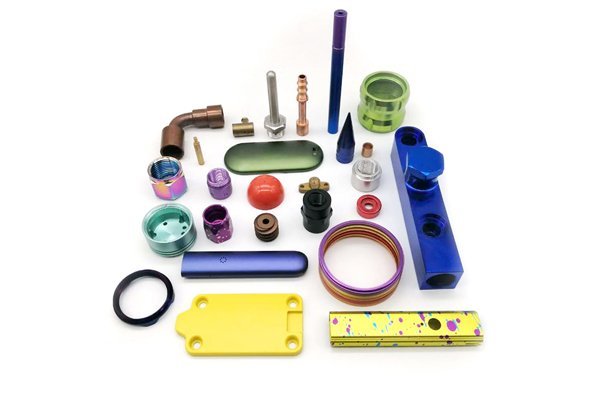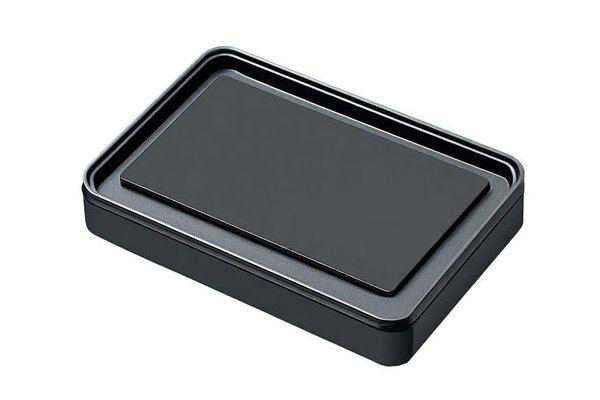Did you know that aluminum is not only one of the most abundant metals found in the Earth’s crust but also one of the most versatile? Among its various alloys, 5052 aluminum stands out due to its exceptional corrosion resistance and good weldability, making it a preferred choice in numerous industries. However, understanding the pressure limits that 5052 aluminum can withstand after CNC (Computer Numerical Control) processing is crucial for engineers and designers alike. This blog will delve deeply into 5052 aluminum, covering its properties, processing techniques, applications, and various methods to determine and optimize its pressure capacity.
Understanding 5052 Aluminum
What is 5052 Aluminum?
5052 aluminum is part of the 5000-series of aluminum alloys, primarily consisting of magnesium as the main alloying element (2.2% to 2.8%). It includes small amounts of chromium, manganese, and a few other trace elements. Its unique combination of properties provides a balance between strength and corrosion resistance, making it particularly appealing for marine environments, automotive applications, and structural components.
Key Properties of 5052 Aluminum
CNC Processing of 5052 Aluminum
What is CNC Processing?
CNC processing involves the use of automated machine tools controlled by software to produce parts with precise dimensions and tolerances. This technology has revolutionized the manufacturing sector by enabling high accuracy, repeatability, and efficiency.
Advantages of CNC Processing for 5052 Aluminum
Pressure Considerations Post-CNC Processing
Understanding how much pressure 5052 aluminum can withstand after CNC processing requires a look at the various factors affecting its performance, including:
Evaluating Pressure Limits
Types of Pressure Testing
To accurately measure the pressure limits for 5052 aluminum components, several testing methods can be employed:

Calculating Pressure Limits
Design engineers often employ formulas derived from material science to calculate the pressure limits. For cylindrical objects, the hoop stress formula is commonly used:
[ sigma_h = frac{P cdot D}{2 cdot t} ]
Where:
This formula helps determine if a particular design can withstand the expected pressures during operation.
Practical Applications of 5052 Aluminum
Marine Engineering
5052 aluminum is a go-to choice for shipbuilding due to its exceptional corrosion resistance and strength. It commonly finds usage in hulls, marine fixtures, and structural components that meet stringent pressure and durability requirements.
Automotive Industry
In automotive applications, 5052 aluminum is utilized in parts exposed to corrosive environments, such as fuel tanks and body panels. Its excellent strength-to-weight ratio enhances vehicle performance while ensuring safety.
Aerospace Components
The aerospace sector benefits from 5052 aluminum’s durability and lightweight characteristics. Components like aircraft skins and fuel tanks utilize this alloy to withstand various pressures during flight.
Construction Industry
5052 aluminum also plays a significant role in building facades, structural members, and roofing materials. Its formability allows designers to create unique architectural elements while meeting the necessary load-bearing specifications.
Optimizing Pressure Performance
Best Practices for CNC Processing of 5052 Aluminum
To maximize the pressure limits of CNC-processed 5052 aluminum, consider these practices:
Continuous Improvement
Frequent evaluation of machining processes and embracing new technologies can further enhance the performance of 5052 aluminum components. Techniques such as optimizing coolant usage and employing advanced coatings can help improve results.
As we have discovered, the pressure limits of 5052 aluminum after CNC processing hinge upon various factors such as geometry, processing techniques, heat treatment, and surface finish. From marine engineering to aerospace applications, understanding these limits is vital for designing safe and reliable components.
This blog highlights the essential knowledge needed for engineers and designers involved in CNC machining and product development. As aluminum alloys, particularly 5052, continue to play a significant role in modern manufacturing, staying aware of their properties and capabilities will pave the way for future innovations and efficiencies in engineering practices.
Remember, the technology surrounding aluminum processing is ever-evolving. Exploring how these advancements can enhance product quality and safety is always worth considering. Whether you are already working in these fields or thinking of diving into them, keeping abreast of these topics can yield significant benefits for your projects and your career.






